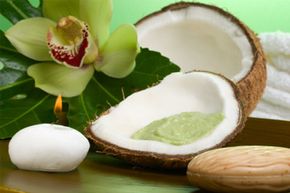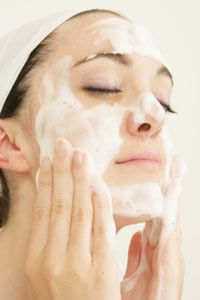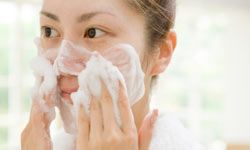When you wash your face, you're actually using an invention that is more than 3,000 years old. Though soap in the ancient world was actually quite different from soap today, the essential ingredients are the same: fat and an alkali mixed together. In the ancient world, people mixed fat with ashes from fire to make soap [source: Soap and Detergent Association]. Now, making soap is an intricate process that may use ingredients that are either natural or synthetic. If it's made with natural products, one of the ingredients listed may be sodium tallowate.
Sodium tallowate is a true soap made by combining the fatty tissue (or tallow) of animals, such as cattle and sheep, with lye, typically sodium hydroxide [source: Cavitch]. When the fatty acid combines with the lye (the alkali in this instance), it saponifies, or is turned into soap. As the soap hardens, the fats continue to react with the lye so that when you use the soap, there is no lye left to irritate your skin [source: Field]. Soap works as an excellent surfactant, which means that it lowers the surface tension of water and helps bind the soap to the dirt and oil on your skin. Once you wash the soap away, the dirt goes with it. Simply said, sodium tallowate makes cleaning your skin easier than if you were just rinsing with water.
Advertisement
If you're wondering whether it's safe to use an animal fat derivative in your soap, know that tallow has long been used in soaps and cleansers [source: Soap and Detergent Association]. Also, the U.S. Food and Drug Administration also has approved strict guidelines for how much and which kinds of tallow may be used in cosmetic products [source: FDA].
Sodium tallowate is a commonly used ingredient in natural soaps, but if you'd rather not use an animal product to clean your face, check the ingredient list before you buy your next soap. For more information about soap and sodium tallowate, check out the links on the next page.
Advertisement


